It was late in the evening and I was starting to get restless, which is not unusual when I seem to have nothing to do. Then I figured out that I actually had something to do, which was to take out my newly-acquired Nikon FM2 and shoot some photographs with it. The level of my restlessness meant that I would go and run through a full 36-exposure 35mm roll of Eastman 5222 re-spooled for still photography as ‘Tollygrunge Noir’. I wish I can remember which lens I had used, but I do not: it must be either a 35mm or a 50mm Nikkor.
Why the motion-picture Eastman-Kodak stock? Compared to name-branded Ilford HP5s or Delta Pros (which I love and use in medium format) or the Kodak Tri-Xs, these motion-picture stocks come quite cheap. They are respooled by various studios and organisations that promote film photography here in India, and sold in-person or online at reasonable prices. The price difference matters especially when, in these early stages of my return to film photography, I am consuming rolls at the rate at which I drink coffee, which is a lot but just below levels at which toxicity or bankruptcy kicks in! But hey, cheap or otherwise, if a film stock is good enough for one Mr. Spielberg, it should be good enough for me!
And why another Nikon FM2 especially when I already had another plus a couple of other Nikon film SLRs? Why not? And when one came my way (body only, thanks to that!) at a good price from a trusted seller?
Now, back to the story. The one place I like to hang around late in the evenings is the area around a venerable 100+ year old banyan tree that lives on the grounds of my apartment complex. There is a children’s play area around it, but it is usually deserted after dark. I decided I would go there and shoot, not for the first time ever, but for the first time with a new Manfrotto tripod that I had picked up for a steal during a sale! I loaded the FM2 with the Tollygrunge Noir roll and had climbed down some three or four floors by the stairs when I realised I had not taken the tripod at all. I climbed back up and down, and by the time I was by my favourite banyan tree I was huffing and puffing. I set up the tripod and the camera and was ready to shoot in the f/8 to f/16 range. It then dawned on me that I would have to shoot in Bulb, which meant that I did not have the luxury of using the FM2’s built-in light meter. I do not own a dedicated device for metering and use an app on my phone. However, I had left my phone at home and was not going to go all the way back up the stairs and return once again. I decided to shoot by eye and do some old-fashioned bracketing even if meant wasting a whole bunch of frames! And here is what I got!
One of my favourite spots for photography is the entrance to the banyan tree area, bounded by a lamp on one side and a bunch of bamboo trees on the other. Through this frame one can see mundane things and events just outside the tree park: interesting cars parked or people walking or talking. I am very shy of people and the tiny form of out-of-focus folks moving here just suits my purpose.
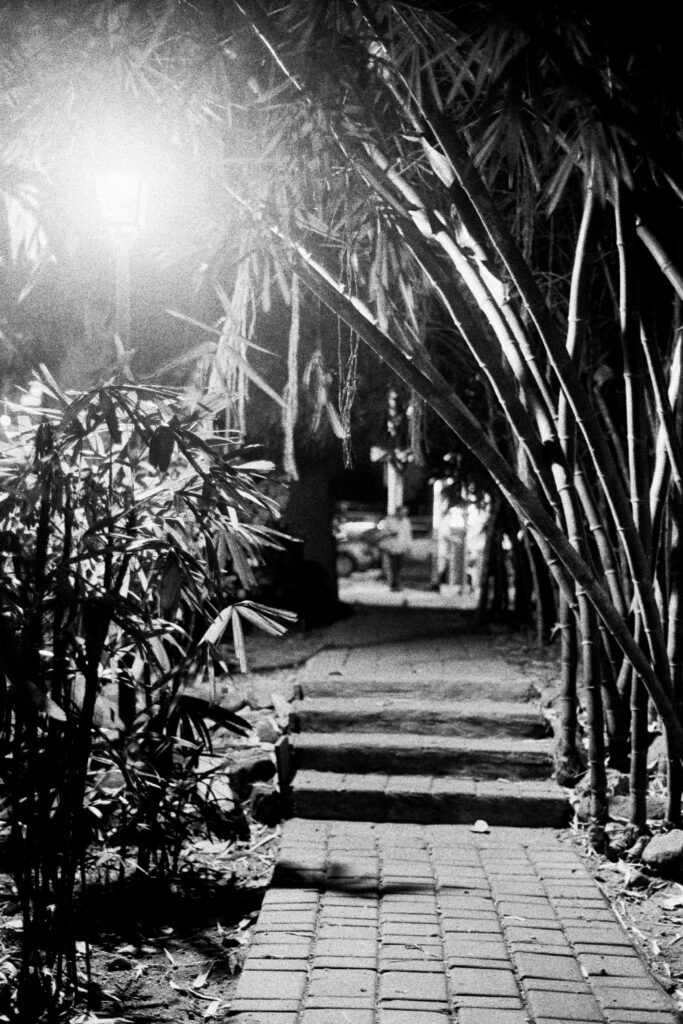
The banyan is a large tree and like a grand piano likes to take the centrestage. But there are always little things around it that can attract attention when partially lit, with the banyan being the backdrop. This is a theme I have explored over various photo sessions in this tree park, but that is for another day.
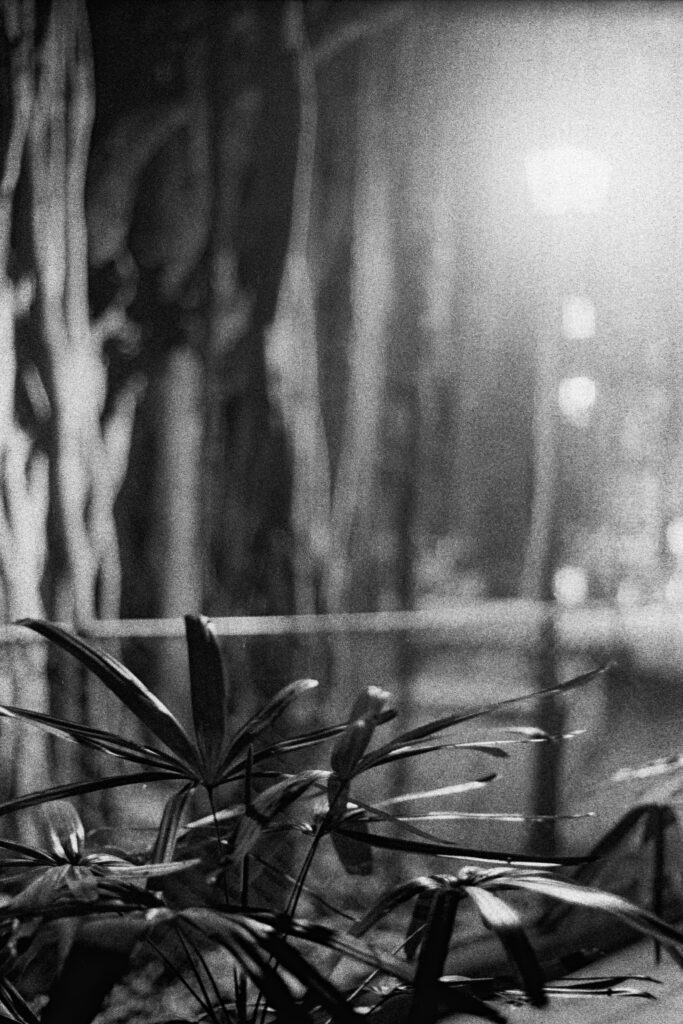
The bark of a banyan tree is interesting and, in the artificial lighting of street lamps, can assume eerie forms, gnarled or smooth. There is in fact a belief here that the banyan tree – though sacred – is host to a variety of malignant spirits during the night! Banyan trees do start their lives as malignant beings, as parasites of trees of a different species.
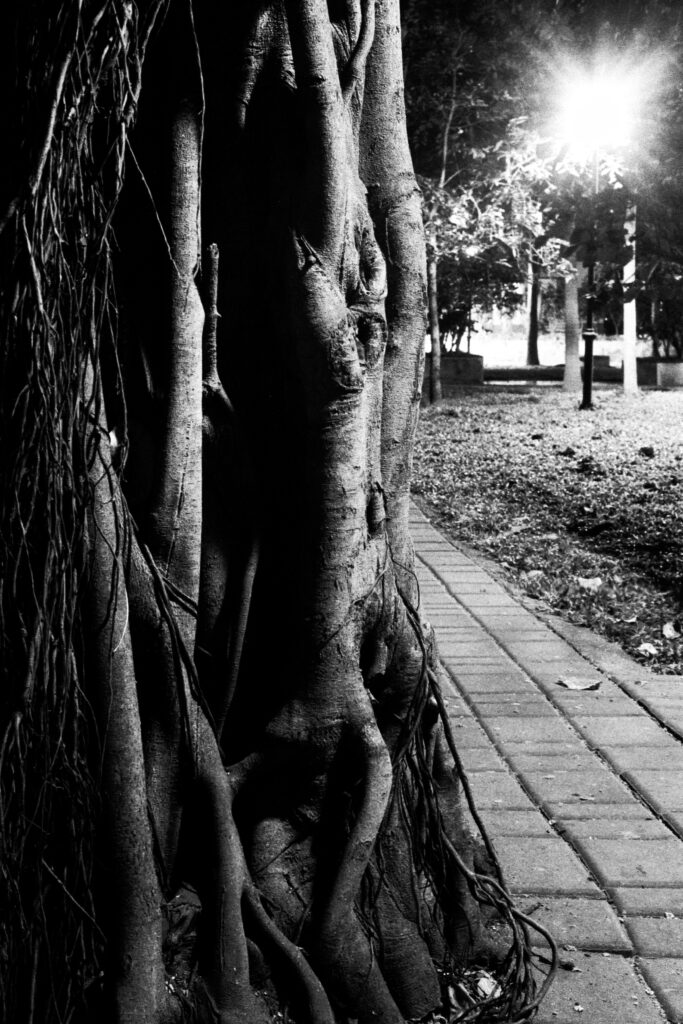
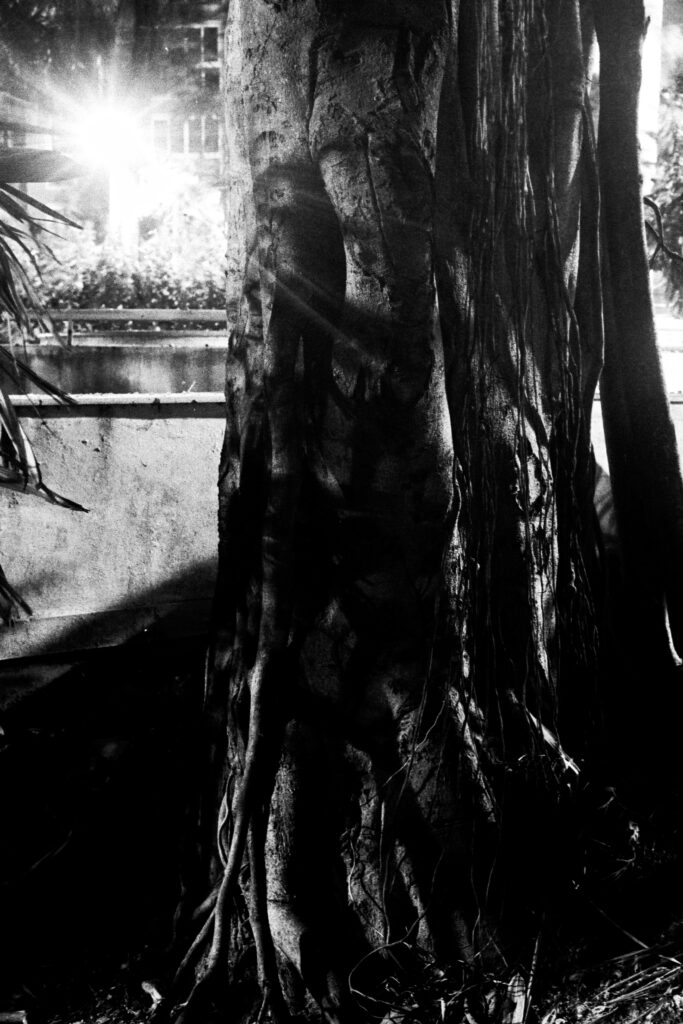
The single-most identifying characteristic of a banyan tree is the main trunk and the numerous satellite trunks it lays over time. This way, they can spread over very large areas. Some of the largest banyan trees have spread over nearly 5 acres of land! The banyan tree, native to India, is named after the local word bania for traders; an entire marketplace, presumably of a bygone era, could lie under the shade of a single banyan tree (reference: Jonathan Drori and Lucille Clerc, Around the world in 80 trees, Laurence King Publishing, 2018).
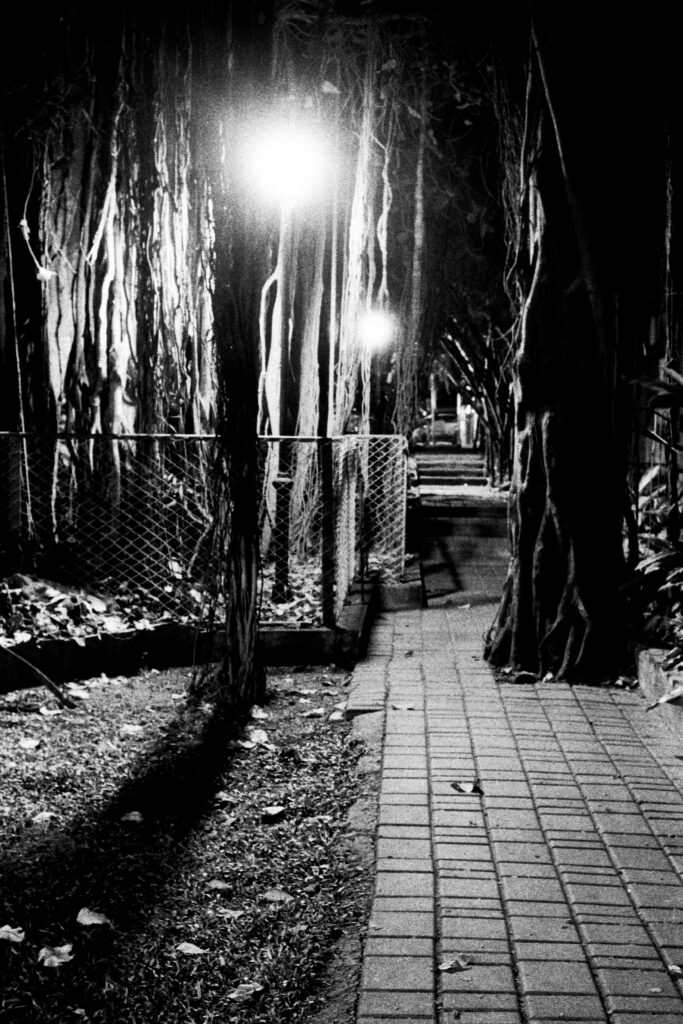
One of those things. What can I say about this. When I was looking at the scans and choosing which ones to save as jpegs from the original tiff, I decided this was some random out of focus nonsense that I can safely ignore. But looking at it once more, I feel convinced that this might well be the best shot of the day!
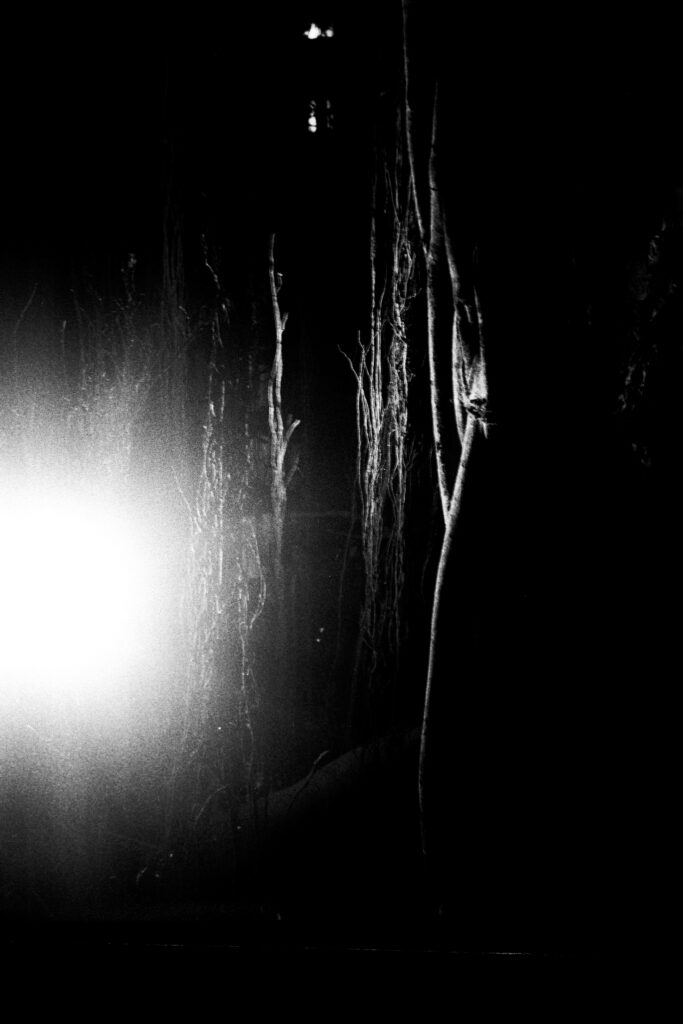
All these photos were shot in Bangalore and developed and scanned in Kolkata by ‘Congelata Momento’ who also sell the Tollygrunge range of re-spooled 35mm films.
Disclaimer: The photo of the Nikon FM2 was taken on my phone (a 2021 India model OnePlus with optics from Hasselblad)
I am not much into social media, but I have recently created an account on instagram for my photography (and art, when I manage to get back to it): https://www.instagram.com/aswinsainarain/
Share this post:
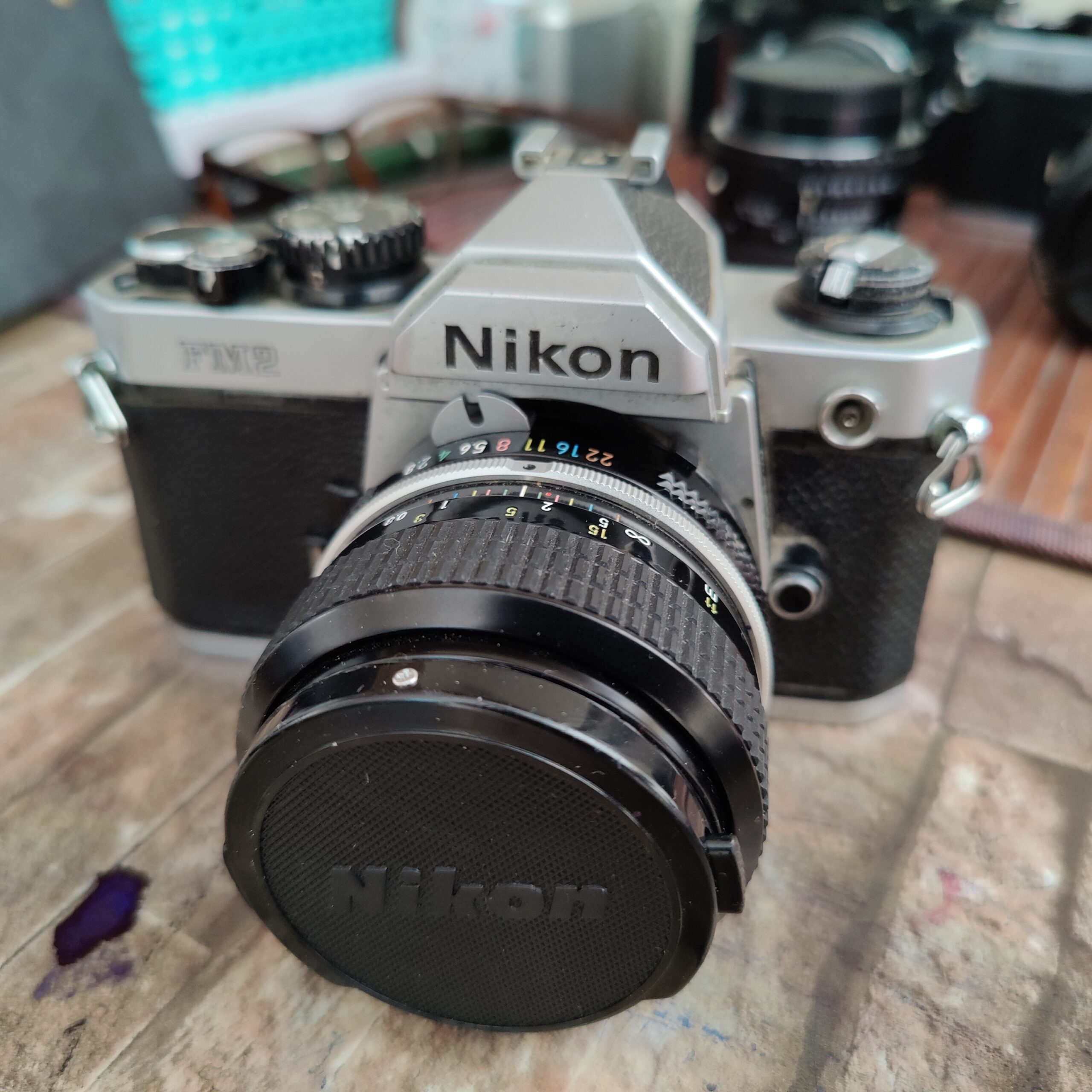
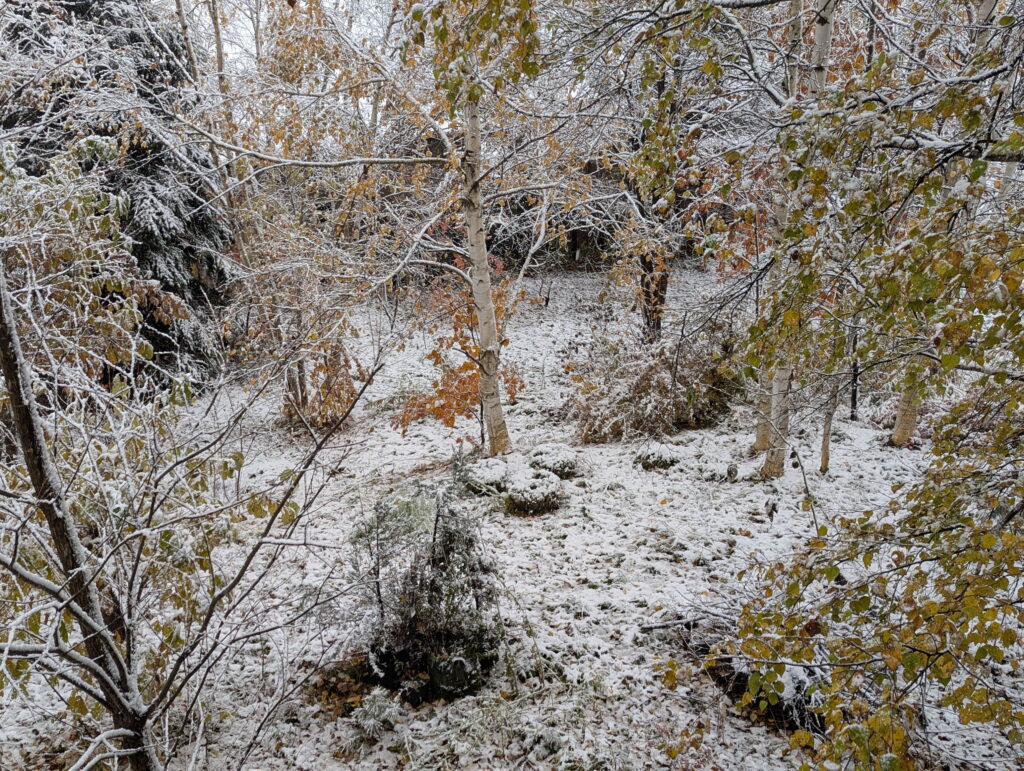
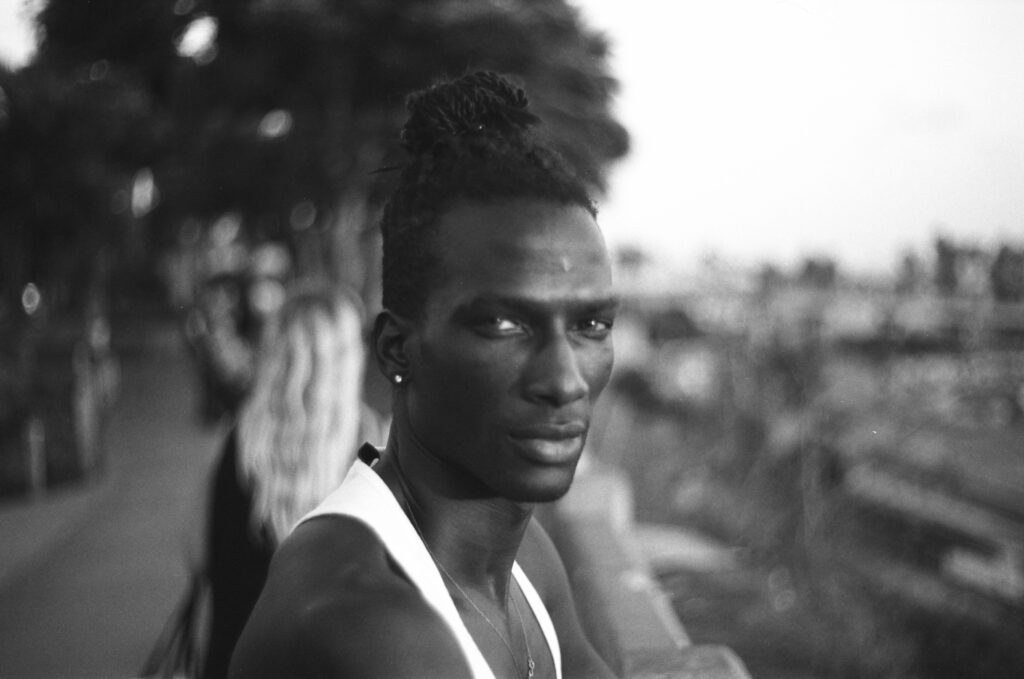
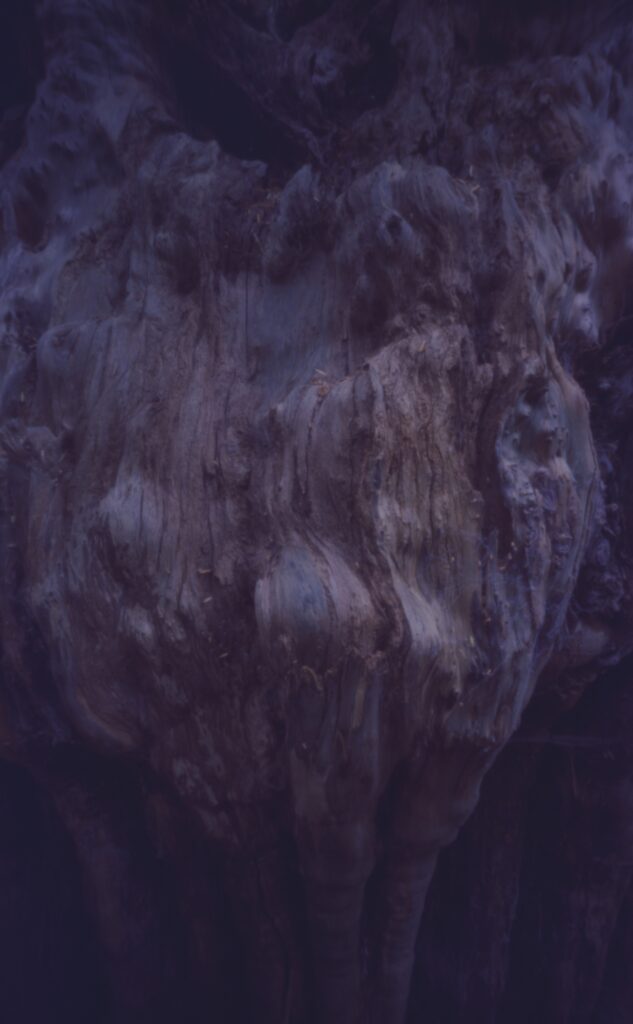
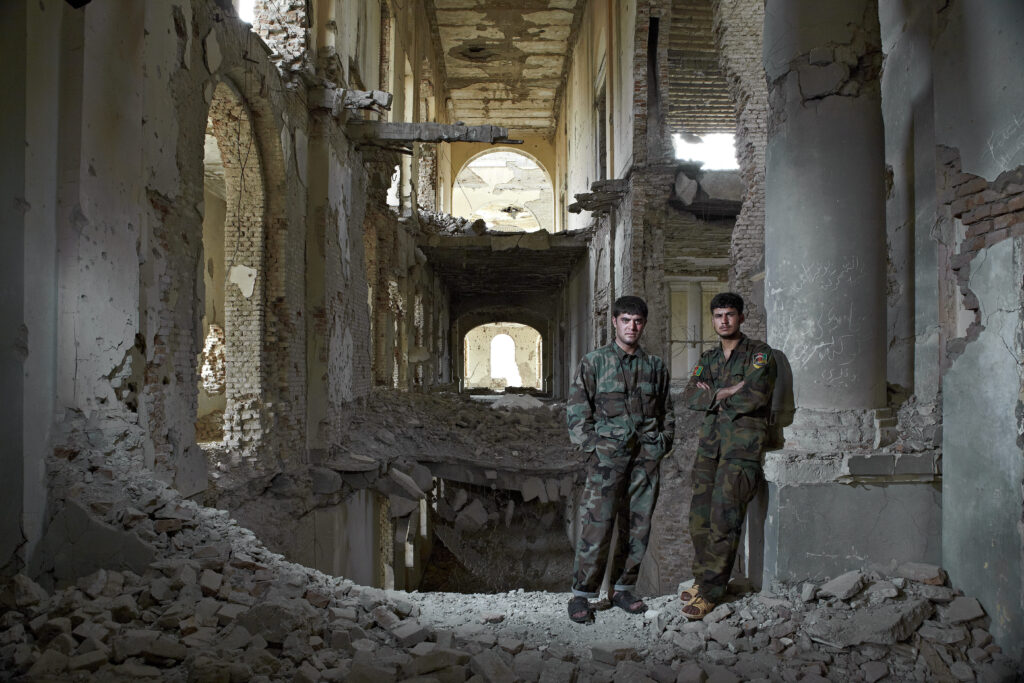

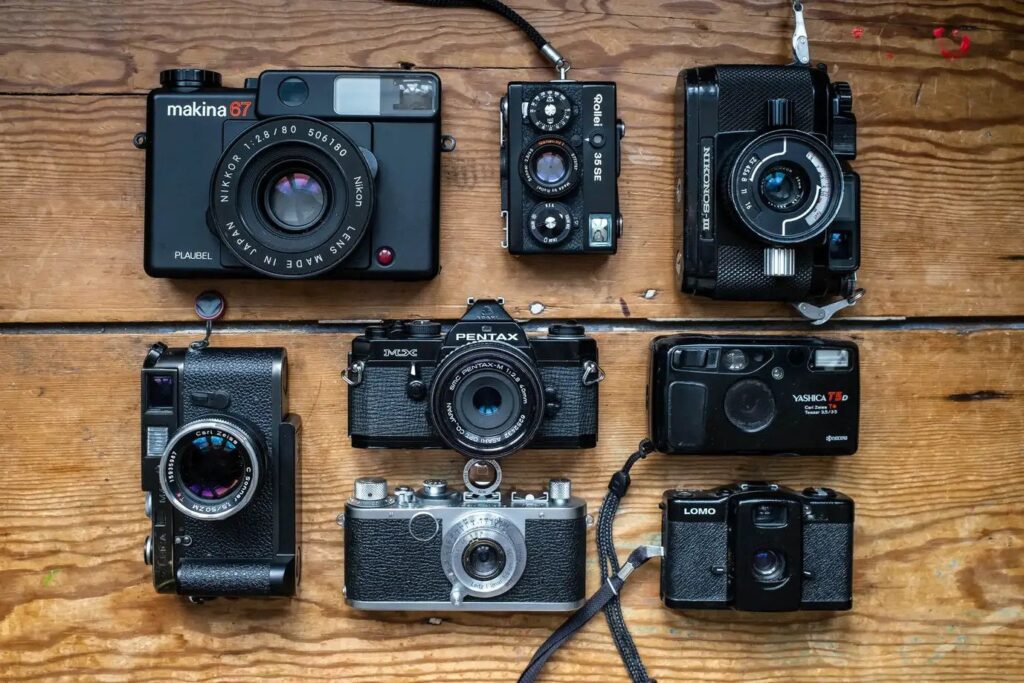
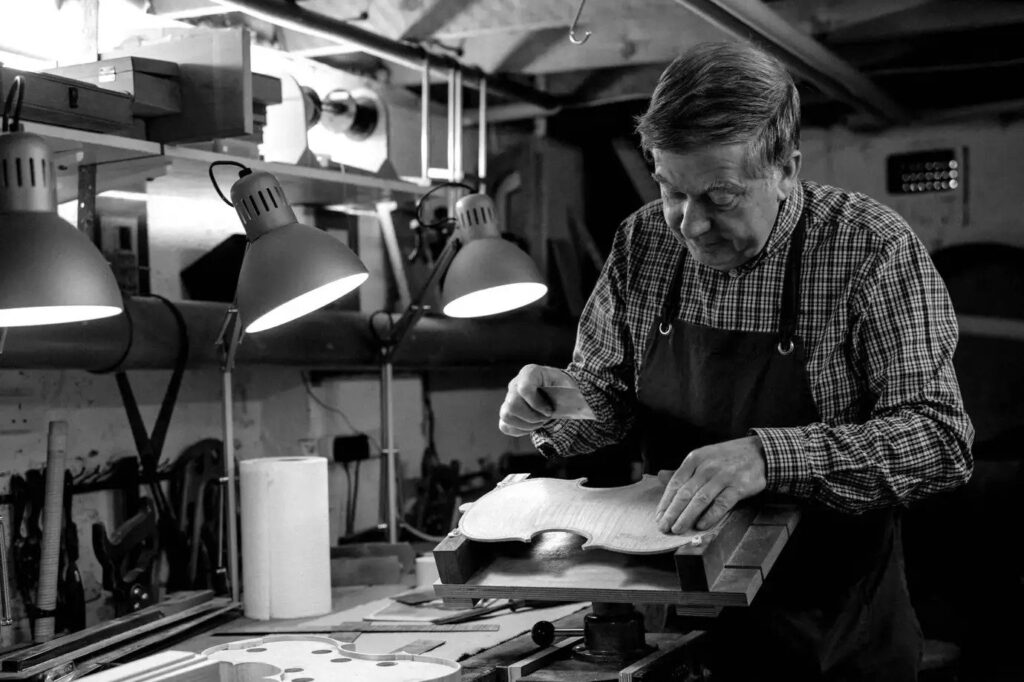
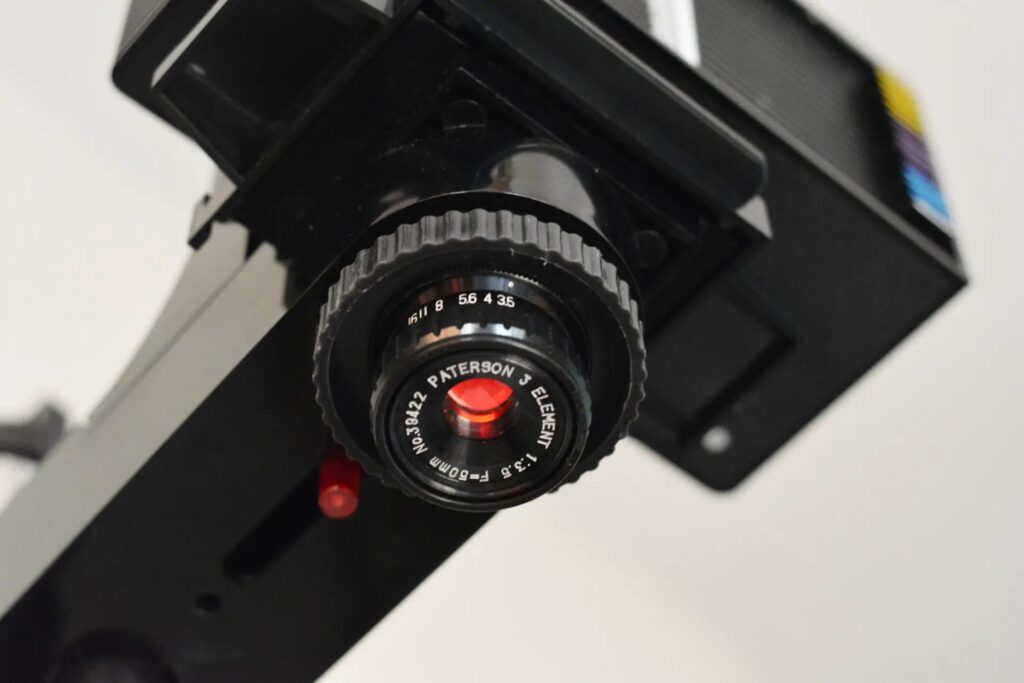
Comments
Ibraar Hussain on A night by the banyan with Nikon FM2 and Tollygrunge Noir
Comment posted: 27/03/2025
Banyan trees are sacred and something I’ve recorded here https://youtu.be/oy1AZgeJ1HM?feature=shared
Comment posted: 27/03/2025
Reed George on A night by the banyan with Nikon FM2 and Tollygrunge Noir
Comment posted: 27/03/2025
Your piece reminds me about the banyan tree that was burned badly in the Lahaina fire in Maui, Hawaii. I'm happy to read that it's showing signs of recovery.
I agree that your final image is one of the best. I love images that give more questions than answers!
Comment posted: 27/03/2025
Comment posted: 27/03/2025
Comment posted: 27/03/2025
Comment posted: 27/03/2025
Comment posted: 27/03/2025
Comment posted: 27/03/2025
Gary Smith on A night by the banyan with Nikon FM2 and Tollygrunge Noir
Comment posted: 27/03/2025
Comment posted: 27/03/2025
Russ Rosener on A night by the banyan with Nikon FM2 and Tollygrunge Noir
Comment posted: 28/03/2025
Comment posted: 28/03/2025
Geoff Chaplin on A night by the banyan with Nikon FM2 and Tollygrunge Noir
Comment posted: 28/03/2025
Comment posted: 28/03/2025